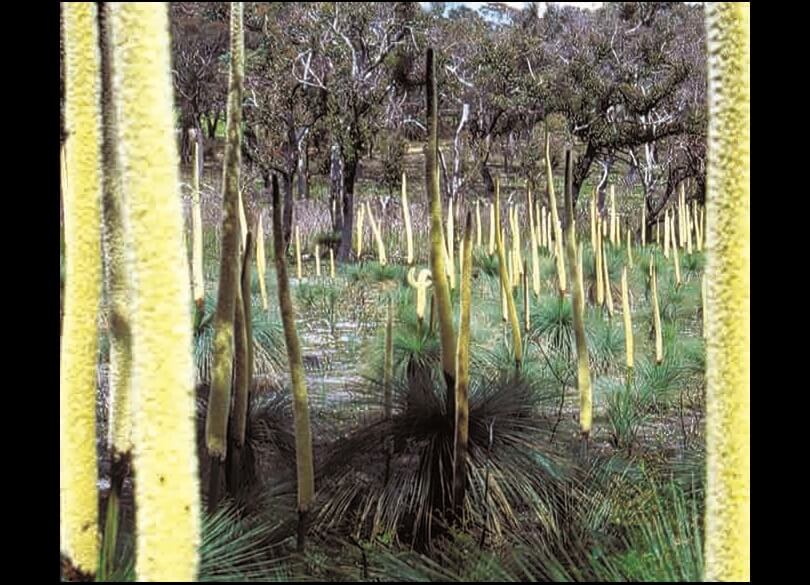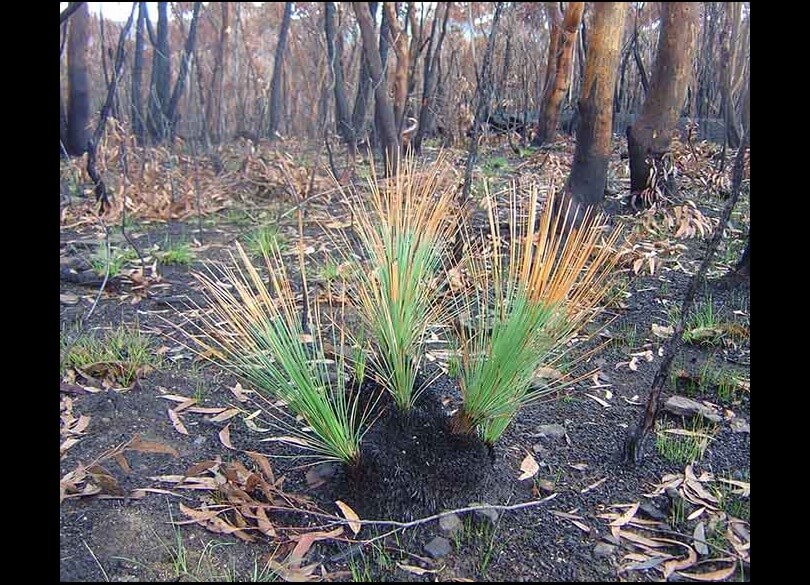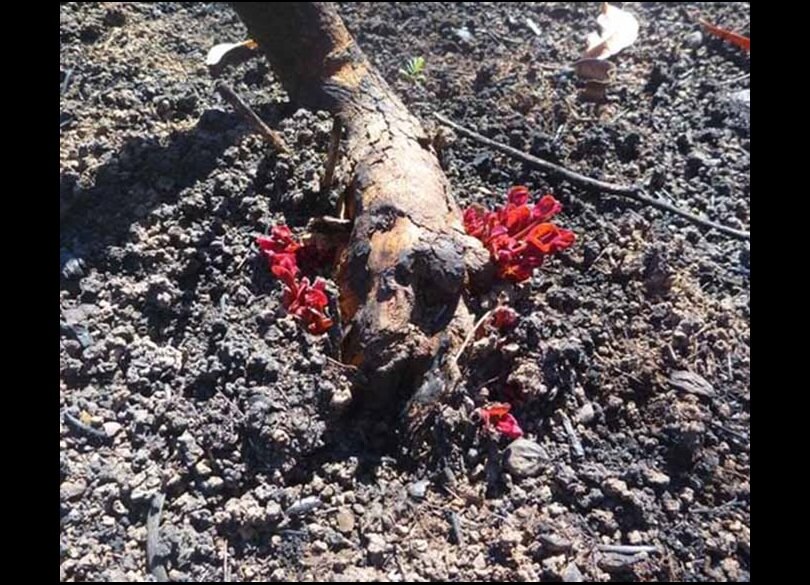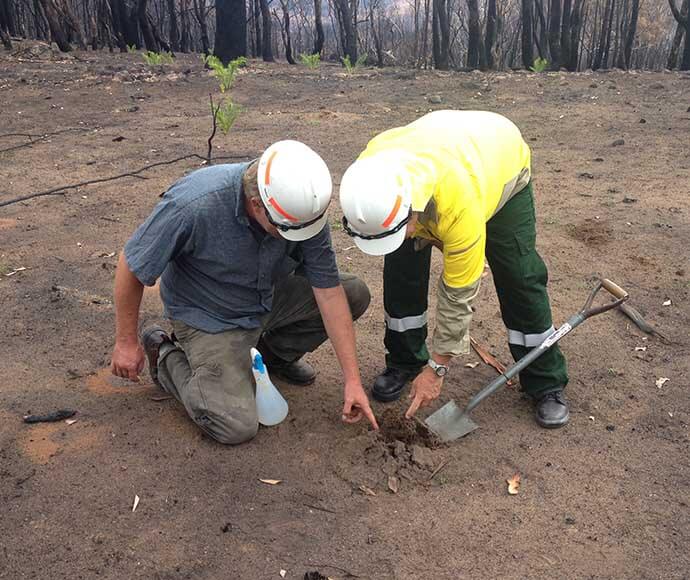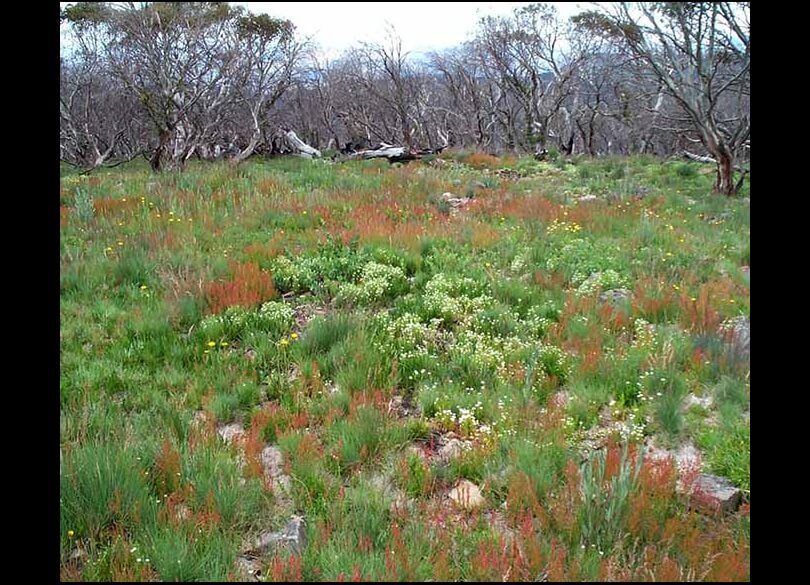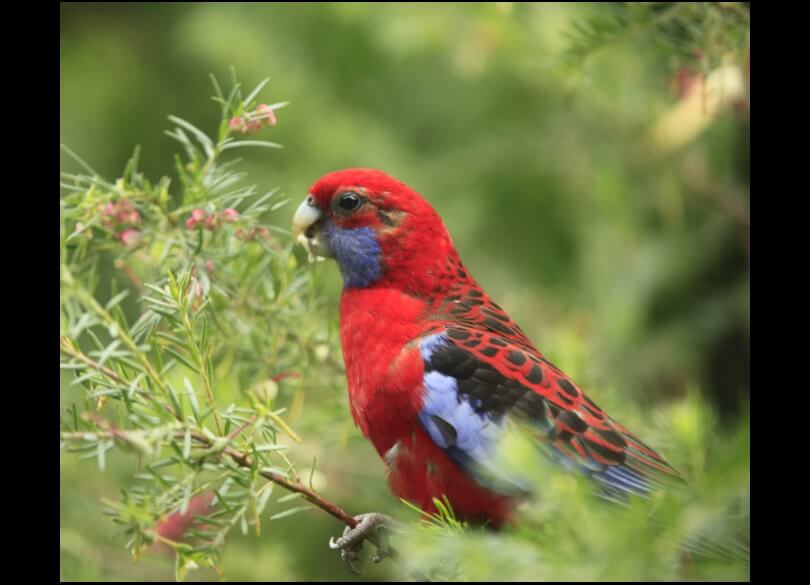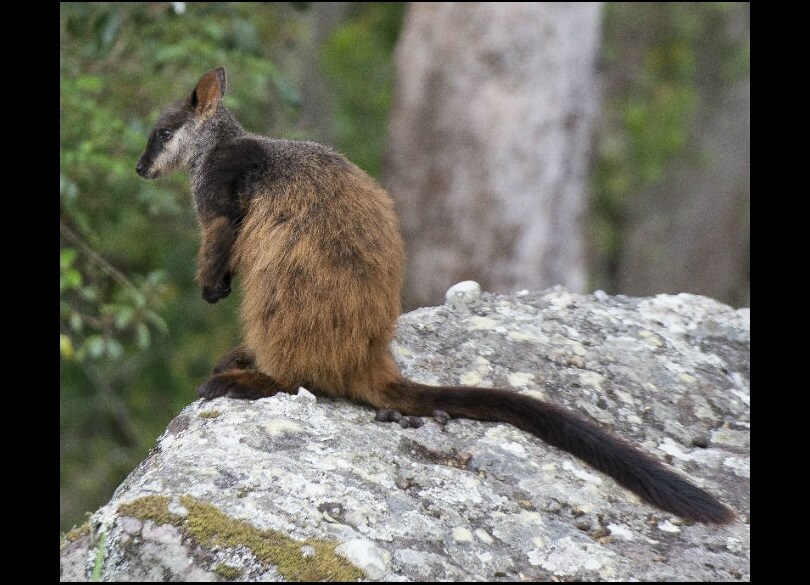Recovery operations are an important part of fire management practice. In NSW national parks, this involves:
- rescue of wildlife
- rehabilitation of the landscape, including vegetation
- restoration of park infrastructure and damaged property caused by fire control operations
- helping other agencies with the recovery of local communities.
Rescue of wildlife
Fire may impact on animals through direct injury and loss of habitat. National Parks and Wildlife Service (NPWS) staff support wildlife rescue volunteers to rehabilitate and care for native animals affected by fires.
Injured animals may only be rescued and cared for by licensed rehabilitation organisations or individuals. Strategies for the safe rescue of injured wildlife areprepared as part of the fire rehabilitation planning process conducted by NPWS.
Rehabilitation of landscapes
After a bushfire or other major incident, such as flooding, local staff work with multi-agency teams to carry out a risk assessment of the affected area. Together they identify the most effective ways to restore the landscape. These are referred to as mitigation options and include:
- soil erosion control
- replanting
- invasive species control.
Generally, native vegetation will recover from fire over time. Following a major incident, we may undertake soil erosion control work and replant areas with local native plants. Soil erosion works are important in areas that fall within water catchmentsor where river or wetland ecosystems will be affected by sedimentation.
Changes in plant and animal populations can lead to an increase in invasive species in an area affected by fire. Invasive species can compete with native plants and animals for precious resources. We may implement specific weed and feral animal control programs in affected areas to help restore native ecosystems.
Restoration of infrastructure
In extreme fire conditions park infrastructure, such as picnic tables, sheds and toilets may be damaged. Sometimes adjoining private property, such as sheds, fences or stock may also be lost or damaged.
We aim to reopen closed areas and parks to the public as soon as practical after a fire. This may take time where park infrastructure needs to be replaced or where hazards, such as damaged fencing or falling trees, need to be dealt with.
Major fires that affect private property as well as parkland are declared state incidents under section 44 of the Rural Fires Act 1997. Private property losses resulting from these fires can be claimed through a Treasury-managed insurance fund.
Recovery of communities
Fire can have a devastating effect on local communities. Community members do not have to lose property to suffer fear and anxiety as a result of a bushfire.
Research shows that informed and prepared communities suffer less anxiety and less property loss than unprepared and uninformed communities. We work with other fire authoritiesto help educate park neighbours and local communities understand the risk of bushfire and be better prepared for the fire season.
We also engage park neighbours in the development of reserve fire management strategies. When required, we assist other agencies with the recovery of local communities affected by fire or other incidents.
Improving park recovery outcomes
NPWS conducts debriefs after every bushfire and other incidents, such as floods, in our national parks.
Debriefs often involve other fire agencies as well as park neighbours. The aim is to gather information about how the fire operation was run, the effectiveness of suppression operations, what worked and what could be improved.
This information is used to inform and develop policies for the Bush Fire Coordinating Committee and the Fire Management Manual.
